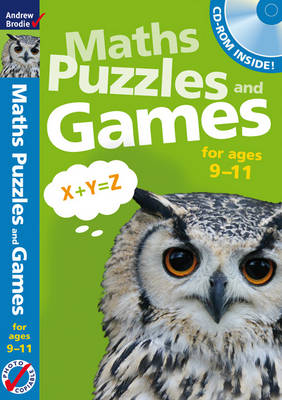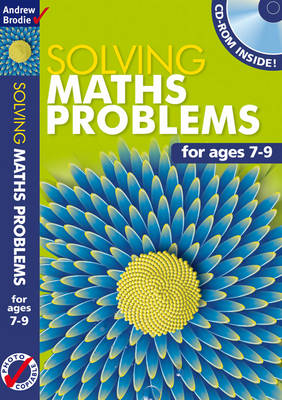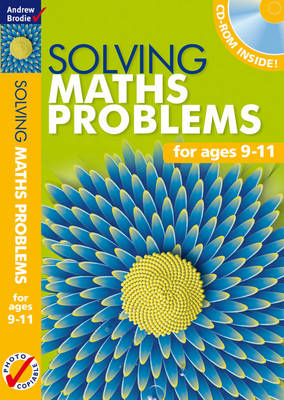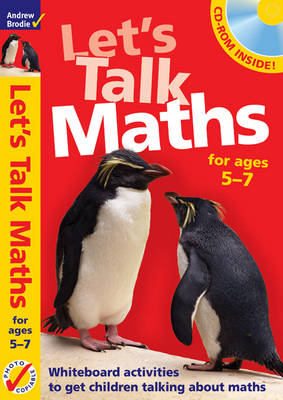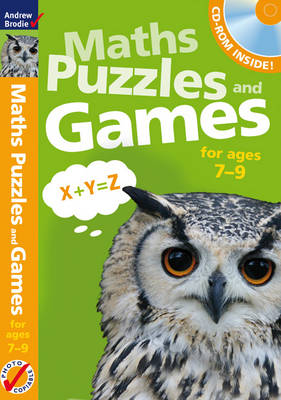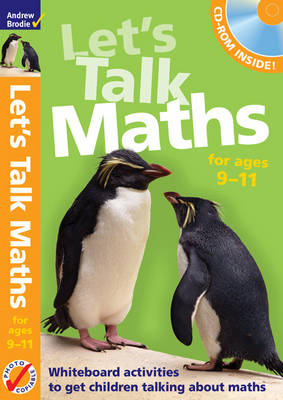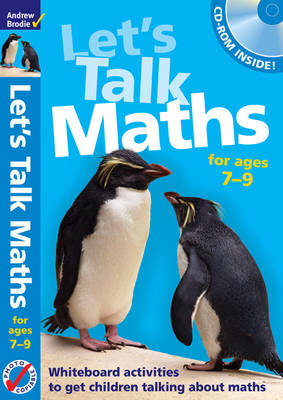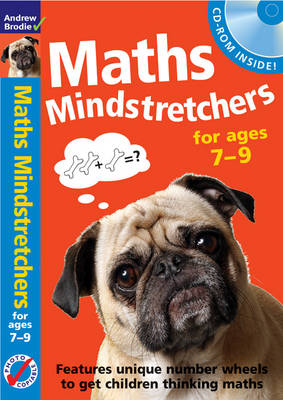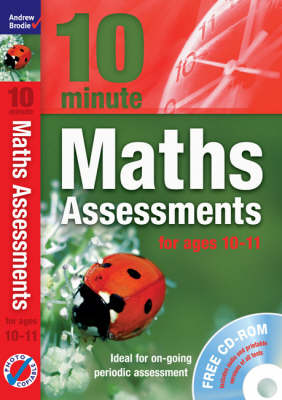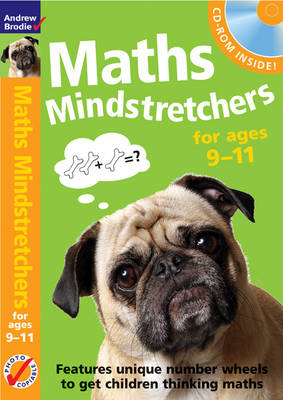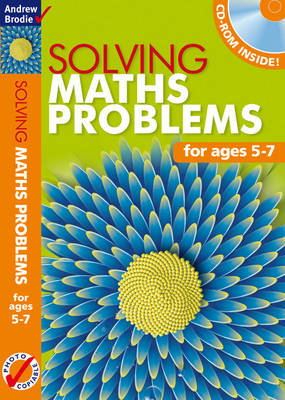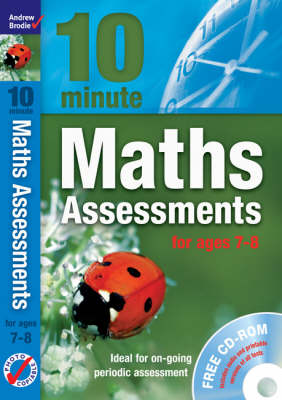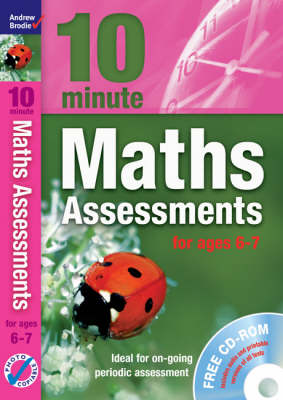Maths
18 total works
games that get pupils using their
maths skills without even realising it! The games and puzzles are fun
and challenging whilst addressing the need for children to learn number
facts and develop their skills in 'using and applying' mathematics. An
accompanying CD-ROM contains all the activity sheets to print out,
photocopy or display on a whiteboard.
series addresses the perennial demand from teachers for problem-solving
activities involving money. The using and applying strand of the new
framework specifically refers to the need for children to solve
problems involving money e.g. in Year 2 children are expected to `solve
problems involving counting, adding, subtracting, doubling or halving
in the context of numbers, measures or money, for example to `pay' and
`give' change. This series provides a range of such problems set in a
real life context, e.g. shopping, going on holiday. Each book is
accompanied by a CD-ROM containing worksheets which can be printed out,
photocopied, or displayed on a whiteboard.
maths skills without even realising it! The games and puzzles are fun and challenging whilst addressing the need for children to learn number facts and develop their skills in 'using and applying' mathematics. An accompanying CD-ROM contains all the activity sheets to print out, photocopy or display on a whiteboard.
